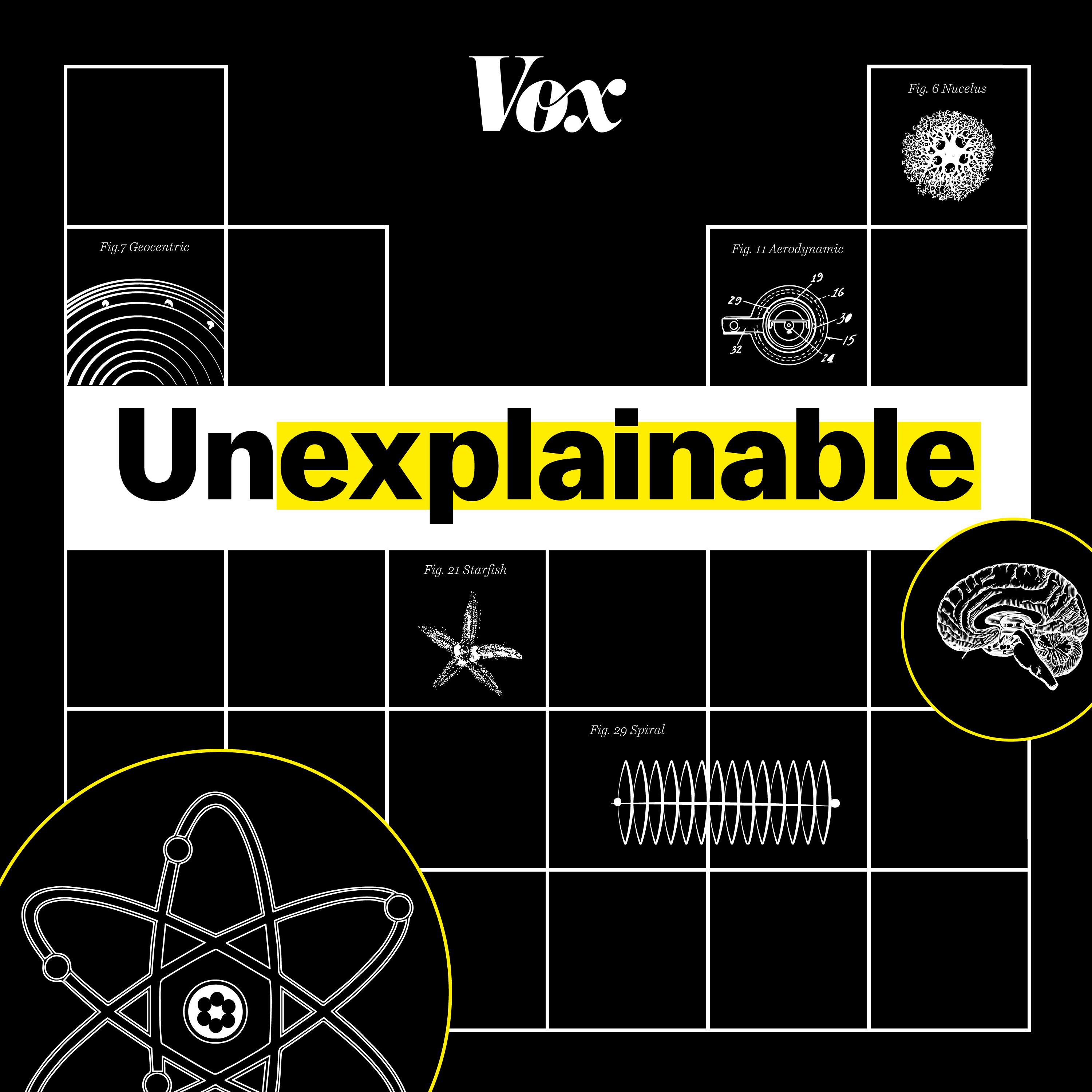We're sunsetting PodQuest on 2025-07-28. Thank you for your support!
Export Podcast Subscriptions
(
(无明确发言人)
N
Noam Hassenfeld
T
Tammy Ma
U
Umair Irfan
Noam Hassenfeld: 探讨了核聚变能源的潜力及其对解决气候变化问题的意义。他与Umair Irfan一起分析了核聚变技术的原理、挑战和未来发展方向,并与其他专家讨论了资金投入和政策支持等问题。他强调了核聚变研究的长期性和不确定性,以及其潜在的巨大回报。他还将核聚变研究与阿波罗登月计划进行了比较,指出两者都具有长远意义,并需要大量的资金投入和公众的支持。
Umair Irfan: 详细解释了核聚变反应的物理原理,以及国家点火装置(NIF)等大型实验设施的工作原理。他深入探讨了聚变研究中面临的技术挑战,例如等离子体物理学、激光技术和燃料压缩等。他还分析了聚变研究的资金问题,指出长期以来资金投入不足,并呼吁增加投资以推动该领域的发展。他认为,尽管聚变研究存在不确定性,但其潜在的益处足以使其成为一项值得长期投资的事业。
Tammy Ma: 作为国家点火装置(NIF)的研究人员,她介绍了NIF的工作原理和目标,强调了核聚变作为清洁能源的巨大潜力,以及其对解决全球能源需求和环境问题的意义。
Troy Carter: 他从物理学家的角度分析了聚变研究的现状和挑战,特别强调了长期以来资金投入不足的问题,并指出这阻碍了聚变研究的进一步发展。他认为,只有增加资金投入,才能推动聚变研究取得突破,最终实现聚变能源的商业化应用。
Noam Hassenfeld: He discussed the potential of fusion energy and its significance in addressing climate change. He analyzed, with Umair Irfan, the principles, challenges, and future directions of fusion technology, and discussed funding, policy support, and other issues with other experts. He emphasized the long-term nature and uncertainty of fusion research, as well as its potential for enormous returns. He also compared fusion research to the Apollo moon landing program, noting that both have long-term significance and require substantial funding and public support.
Umair Irfan: He detailed the physical principles of fusion reactions and the operating principles of large experimental facilities such as the National Ignition Facility (NIF). He delved into the technological challenges facing fusion research, such as plasma physics, laser technology, and fuel compression. He also analyzed the funding issues of fusion research, pointing out that funding has been insufficient for a long time, and called for increased investment to promote the development of the field. He believes that despite the uncertainties of fusion research, its potential benefits are sufficient to make it a worthwhile long-term investment.
Tammy Ma: As a researcher at the National Ignition Facility (NIF), she introduced the working principles and goals of NIF, emphasizing the enormous potential of nuclear fusion as a clean energy source and its significance in addressing global energy needs and environmental problems.
Troy Carter: From a physicist's perspective, he analyzed the current status and challenges of fusion research, particularly emphasizing the long-standing problem of insufficient funding, and pointed out that this hinders the further development of fusion research. He believes that only by increasing funding can fusion research achieve breakthroughs and ultimately achieve the commercial application of fusion energy.
Deep Dive
Scientists have made significant progress in nuclear fusion, a process that could provide clean, limitless energy. Despite past failures and the immense challenges, recent breakthroughs have brought fusion closer to reality.
Shownotes Transcript
Scientists are closer than ever to harnessing fusion power — the same process that powers the sun — by essentially making a small star here on Earth. Fusion could give humanity its best shot at solving the climate crisis, but the technology has yet to be perfected and would require billions more in investments. Is it worth the bet?
For more, go to http://vox.com/unexplainable)
It’s a great place to view show transcripts and read more about the topics on our show.
Also, email us! [email protected])
We read every email.
Support Unexplainable by making a financial contribution to Vox! bit.ly/givepodcasts)
Learn more about your ad choices. Visit podcastchoices.com/adchoices)